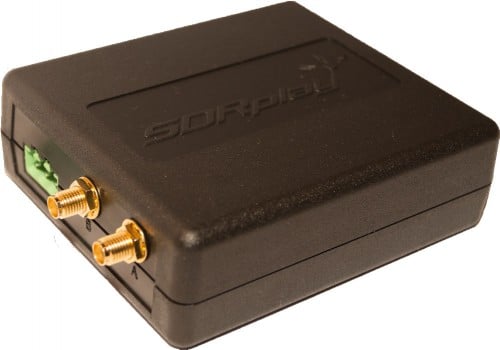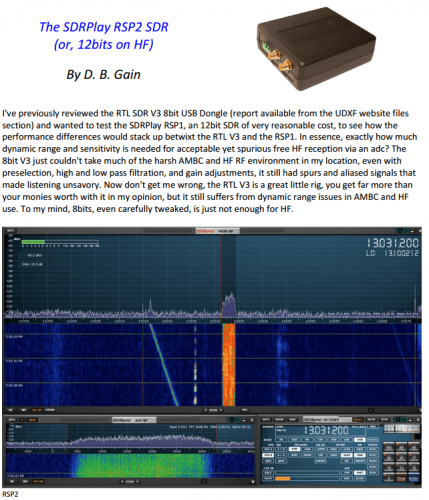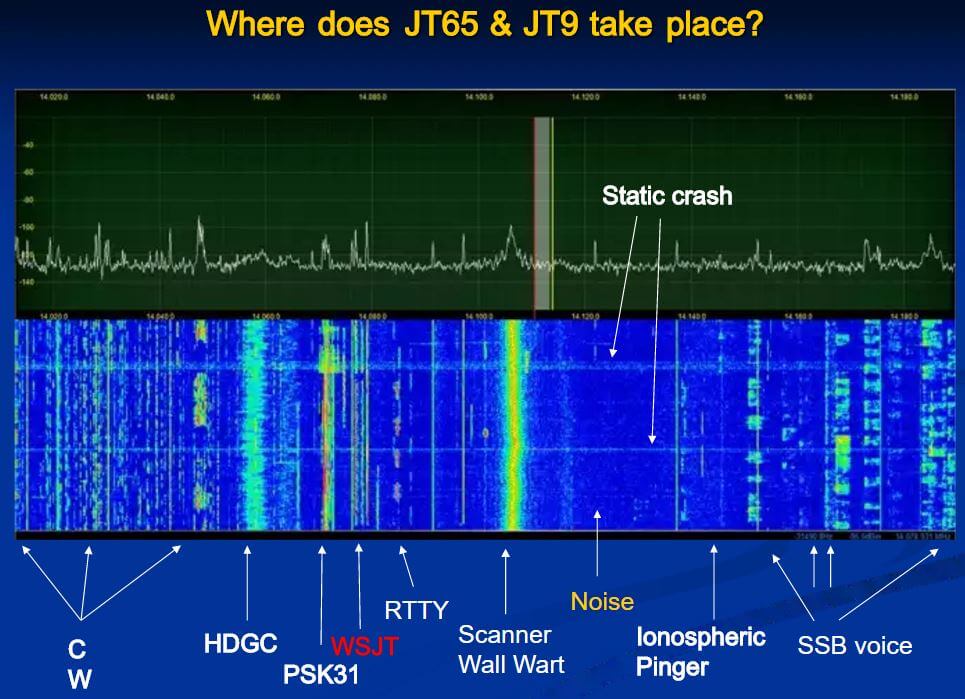We’re happy to announce that in conjunction with Mike, one of the leaders in the SDRplay users community, we have manufactured and released a high quality aluminum enclosure upgrade for the SDRplay RSP-1 software defined radio. The SDRplay RSP-1 is a $129 USD 12 bit SDR that can tune between 10 kHz – 2 GHz. It comes by default in a simple plastic enclosure. Upgrading to a metal case enclosure not only looks sleeker, but also shields the RSP-1 from strong RF interference directly entering the PCB.
The enclosure also comes with a bonus RTL-SDR Blog broadcast FM (BCFM) filter to help reduce overloading and images from extremely strong broadcast FM stations. This filter can be installed either inside or outside the metal enclosure.
Also included is a semi-hardshell travel case which is perfect for protecting the RSP-1 while on the move. Finally, some accessories such as a thermal pad for mounting, grounding lug with nuts, 3M rubber feet and of course the enclosure screws are also included.
The cost of the enclosure including all extras is $39.95 USD with worldwide shipping included. The case is available from our Chinese warehouse for customers anywhere in the world, and in a few days it will also be able on Amazon USA for faster local US shipments. Shipping on Amazon should also be free as the free shipping threshold on Amazon was recently reduced back down to $35 USD.
Visit our store to purchase
See some images below for an overview of what you get in the package:






